Massage Therapy
Wellness and Relaxation
Even for the healthiest person, massage offers major benefits like:
Calming the central nervous system
Increasing circulation
Elongating tight muscles
Loosening toxins from the tissues for elimination
Boosting immunity
If you’re just looking to enhance your health or want occasional respite from everyday stress and strain, scheduling a massage once or twice a month will probably suffice.
For those who work in a high-stress environment or have daily activities that risk causing repetitive-motion injuries or postural issues, weekly sessions might be best. Keep in mind that the effects of regular massage are cumulative, and spacing them too far apart might leave you back at square one every time.
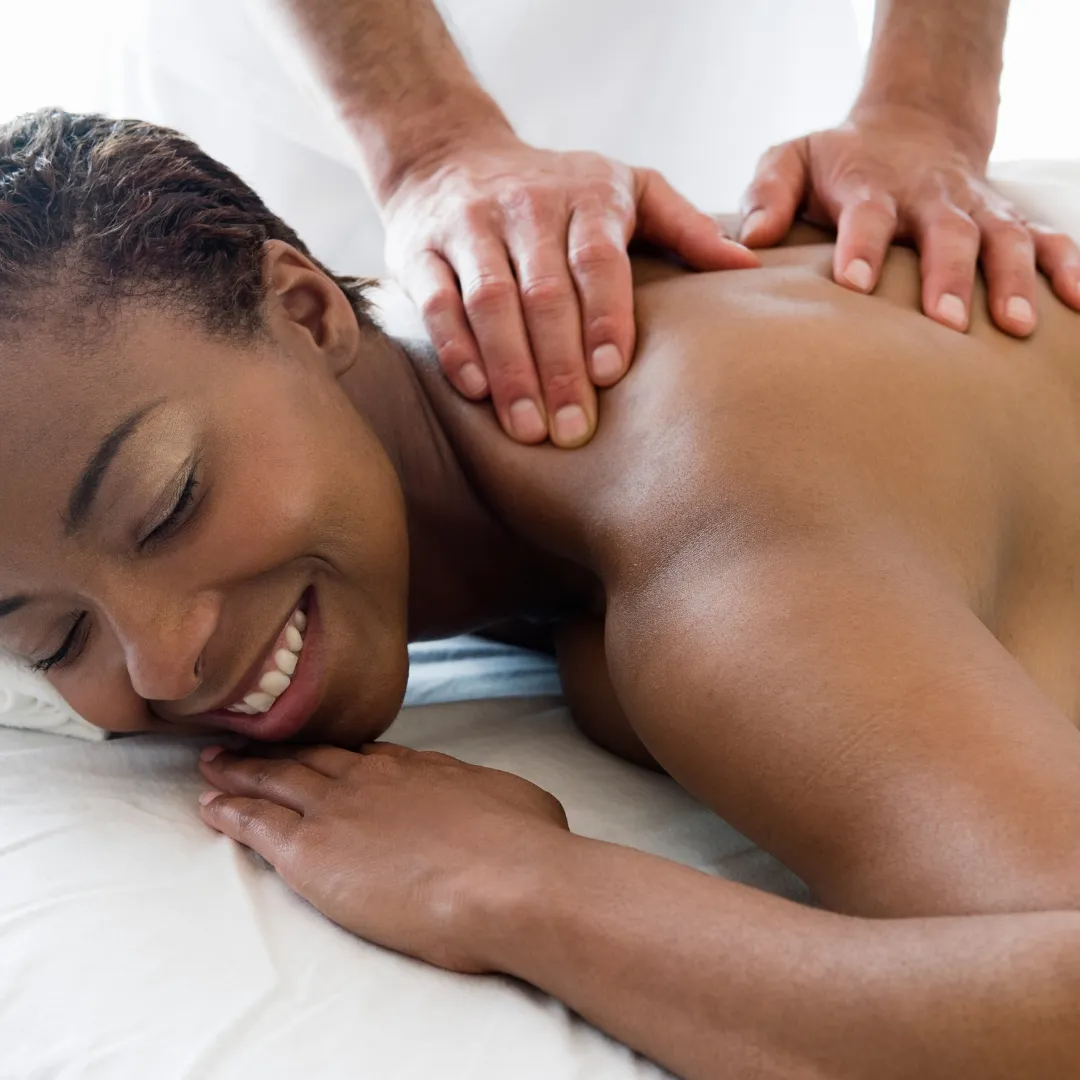
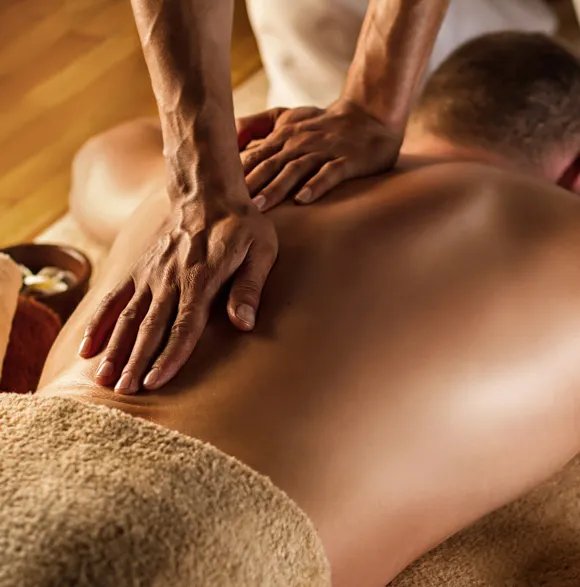
Optimizing Athletic Performance
For athletes, massage can both enhance performance and reduce the risk of injury by balancing muscle groups and increasing joint mobility. The process of lengthening contracted muscles and releasing myofascial adhesions is rarely a one-shot deal, and serious athletes may need two or more sessions a week to stay in top shape. Many professional teams have therapists on staff for that very reason, but the more casual athlete may not have the resources to be massaged that often.
For the average athletic person, it depends on your training schedule and whether or not you haven chronic muscle issues. One or two massages a month may be enough during lighter training periods, increasing frequency as workouts intensify.
Never schedule deep tissue massage less than five days before a big event. It can cause soreness and changes in body mechanics that can throw you off your game. Stick with circulation-boosting massage such as Swedish or Abhyanga immediately before and after a big event—it helps flush out lactic acid build-up and speeds recovery.
Pain Management
Overly contracted muscles often cause chronic pain, from migraine to sciatica, and more. In general, weekly sessions are recommended, but much depends on how you feel. If your pain starts to return within a few days, it’s time for another massage. If you are still pain free a week later, maybe you can spread your sessions out.
Most people find that they need more frequent sessions to start, slowly decreasing frequency as their muscles elongate and relax. Some therapists will also suggest stretches you can do at home to maintain muscle balance longer between sessions.

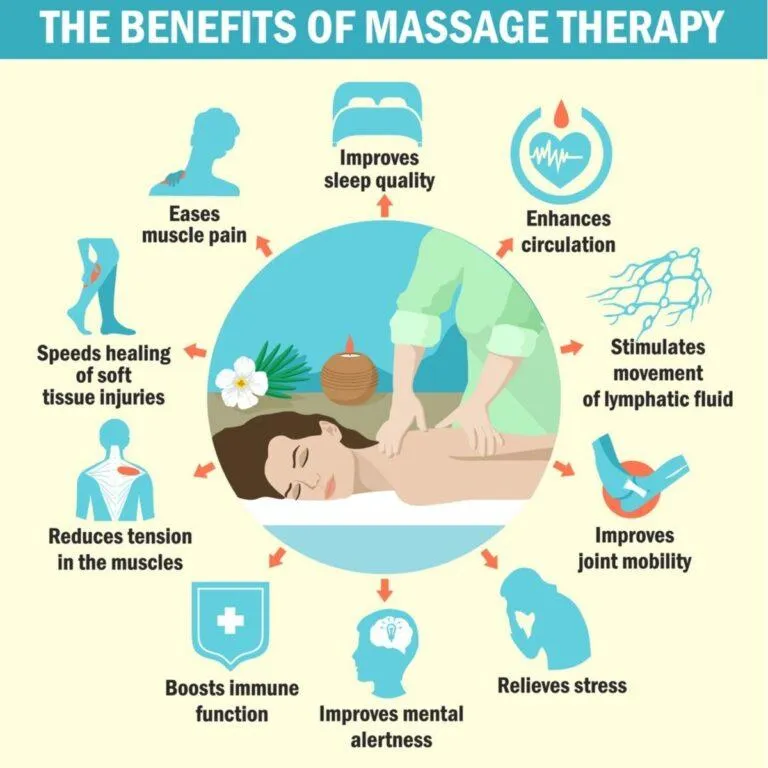
Who Will Benefit From Physical Therapy?
Massage is often recommended after injury or surgery. It can help:
Reduce pain, minimizing the need for pain medication
Inhibit swelling by moving lymph
Break up scar tissue
Hasten the healing process by increasing the flow of blood and oxygen
Always check with your doctor before getting a massage. It may not be the best treatment option after an injury or surgery or may be limited to particular modalities. For example, deep tissue massage would be a bad idea for someone on blood thinners or with an acute injury, but lymphatic drainage massage could be helpful. Once you’re given clearance, two sessions a week or more may be needed to start, with frequency decreasing as healing and recovery progress.

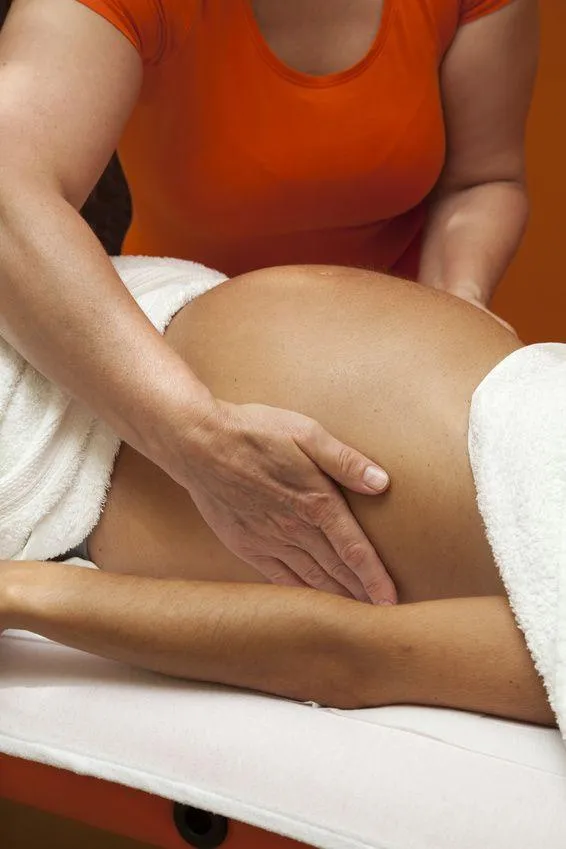
Additional benefits of prenatal massage include:
Providing an overall sense of well being
Improving sleep
Increasing oxygenation of muscles and tissues
Hormone regulation (which is linked with lower stress levels)
Pain relief
Reduction of swelling (edema)
Relieving anxiety and stress
Lower incidence of depression (which might have been the result of an increase in dopamine and serotonin levels)
Lower levels of anxiety
Less back and leg pain
Decreased levels of cortisol (the stress hormone)
Lower rate of postpartum depression
Pregnancy Massage
A prenatal massage is a full body massage performed by a certified prenatal massage therapist that is similar to a Swedish massage (like what you might experience at a spa) except for a few modifications with body positioning that can ensure the safety and comfort for both mother and baby. Women should always have a discussion with their prenatal care provider about their health before deciding on any type of massage therapy. Luckily, at Celebrate Birth, your care team and prenatal massage therapist work hand in hand!
Let’s dive right into some of the many benefits of prenatal massage:
1. Reduce Swelling
When your feet, legs, and hands start swelling during pregnancy, it is often caused by reduced circulation and increased pressure on the major blood vessels. Massage can help stimulate the soft tissue, move the extra fluid, and reduce the swelling, leaving you feeling more comfortable.
2. Relieve Lower Back Pain
Pregnancy massage improves lower back pain including sciatic nerve pain by addressing the tight muscles in the affected area. Prenatal massage increases blood flow and helps release the tension that can be brought on naturally by pregnancy.
3. Improve Sleep
Getting good quality sleep becomes harder and harder as your pregnancy progresses. Prenatal massage relaxes the nervous system and releases feel good hormones. This will leave you more relaxed and let you sleep better. That is something we all need!
4. Prepare Your Body for Labor and Birth
Prenatal Massage can help you have an easier delivery, not only because it can reduce your overall stress level but also because of how well it can keep your muscles toned and relaxed in advance of the start of labor. Studies show that women reportedly had shorter hospital stays, shorter labors and less incidence of post-natal depression when receiving massages.
5. Relieve Pain Naturally
Prenatal massage offers a natural, safe, drug-free alternative for pain relief. This is beneficial since the use of medications is limited during pregnancy for the safety of your baby. The increased blood flow to your tissues and the relaxation your body will experience during and after a session can significantly alleviate many of the common discomforts of pregnancy.
Lymphedema Massage
The lymphatic system plays a key role in the body’s immune defenses.
Lymphatic fluid flows through lymph vessels, which connect lymph nodes. As it passes through the lymph nodes, white blood cells trap and destroy harmful particles, such as bacteria.
Like blood in the circulatory system, lymphatic fluid is always moving. If it stops, swelling can occur, as lymph fluid builds up, often in the arms or legs. Health experts call this lymphedema.
Lymphatic massage usually forms part of a treatment program health experts call decongestive lymphatic therapy (DLT).
DLT for lymphedema includes:
Lymphatic drainage massage
Compression garments
exercise
skin care
Together, these can improve circulation throughout the lymphatic system and help manage Trusted Source symptoms of lymphedema, including:
Swelling in the extremities — such as the arms, legs, hands, or feet — which can affect mobility
Swelling in other parts of the body, including the chest, breast, shoulder, face, and groin
Pain and changes in sensation
A feeling of heaviness
Difficulty fitting into clothing
Lymphedema can benefit people who have a buildup of lymphatic fluid:
Cancer and cancer treatments that involve the removal of lymph nodes
Filariasis, which is infestation of the lymph nodes by a parasite carried by mosquitoes
Some types of vascular surgery, such as vein stripping
Burn scar excision
Lipectomy,/ BBL a type of surgery to remove fat from the body
Infection or trauma in the lymphatic system
A buildup of fluid due to deep vein thrombosis
Health conditions that affect blood flow to the extremities, such as the hands and feet
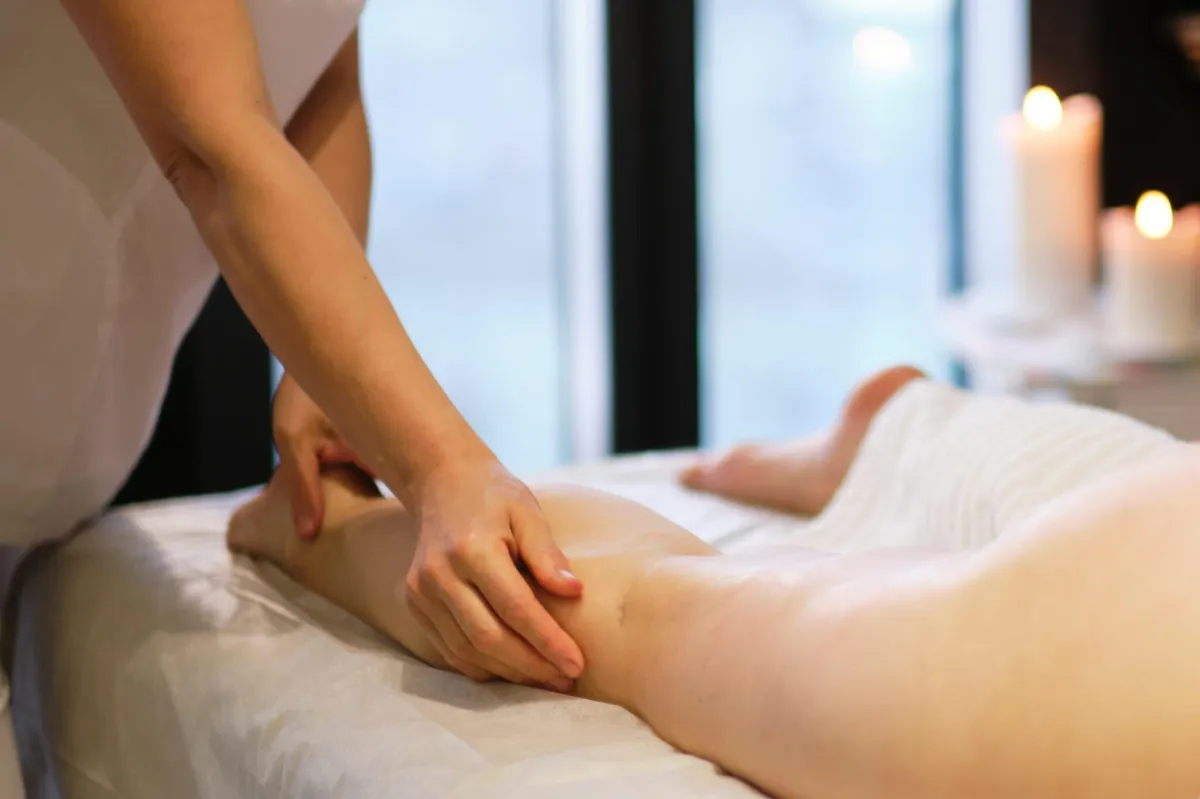
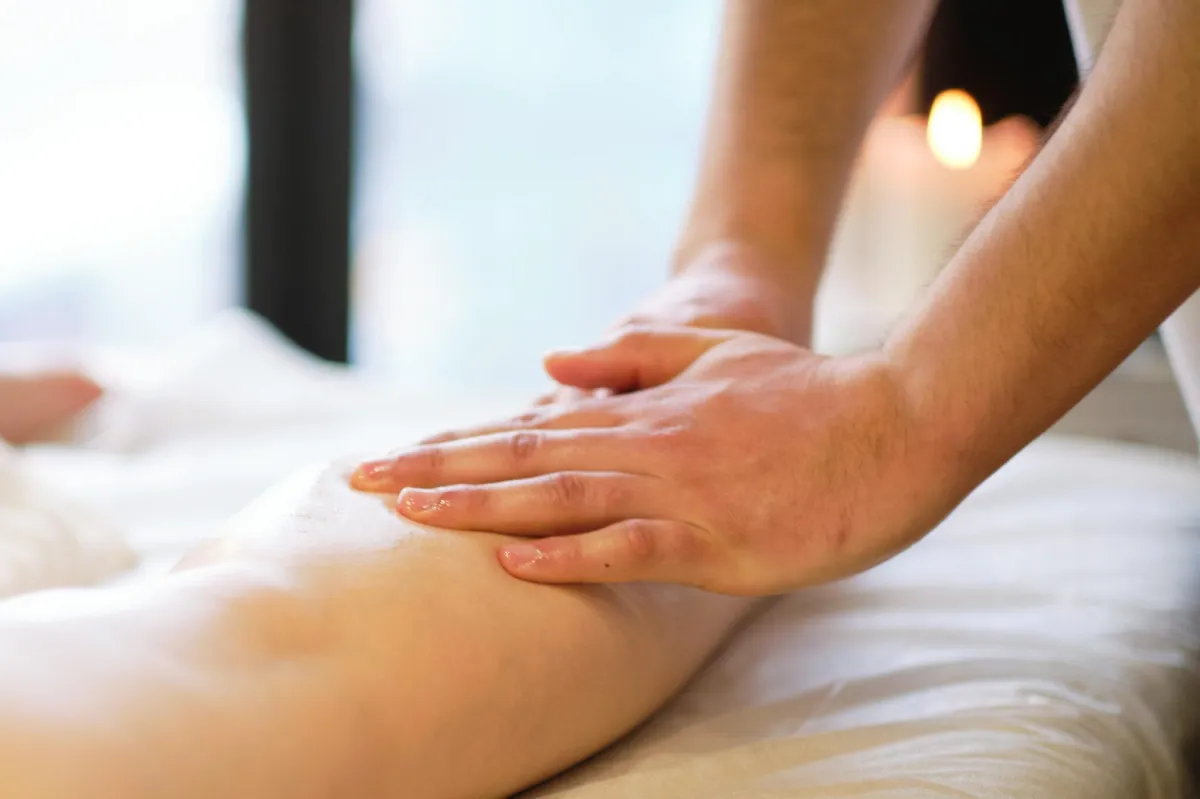
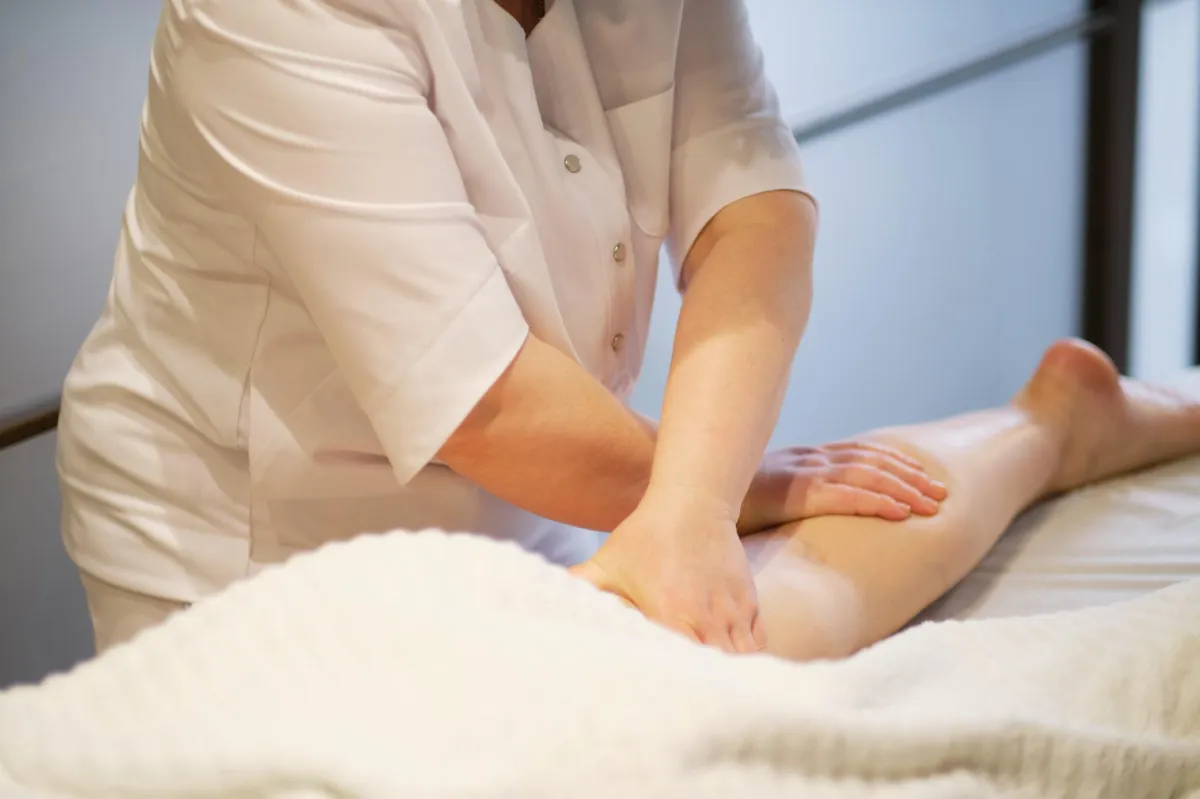
Price Lists
Massage Services:
Relaxation Therapy Massage
30 mins | $55
60 mins | $100
90 mins | $135
Swedish Massage
60 mins | $125
90 mins | $150
Therapeutic Massage
30 mins | $55
60 mins | $135
90 mins | $160
Orthopedic Massage
60 mins | $100
Sports Massage
60 mins | $100
Body Works/Stretching
30 mins | $55
Lymphatic Full Body Massage
60 mins | $150
Lymphatic Massage
(Certain Areas)
30 mins | $80
For additional 30 mins
Massage $45
Additional Services:
Steam Therapy $20
Cupping $20
Facial Lymphatic Massage $20
Wood Therapy Massage $25
Warm Eye Therapy Massage $20
Vibration Table
15 mins $25
Lower leg Physiotherapy $35
TENS Therapy $35
Hot Stone $20
Chair Massage
$1/min; 15 mins minimum
30 mins $50
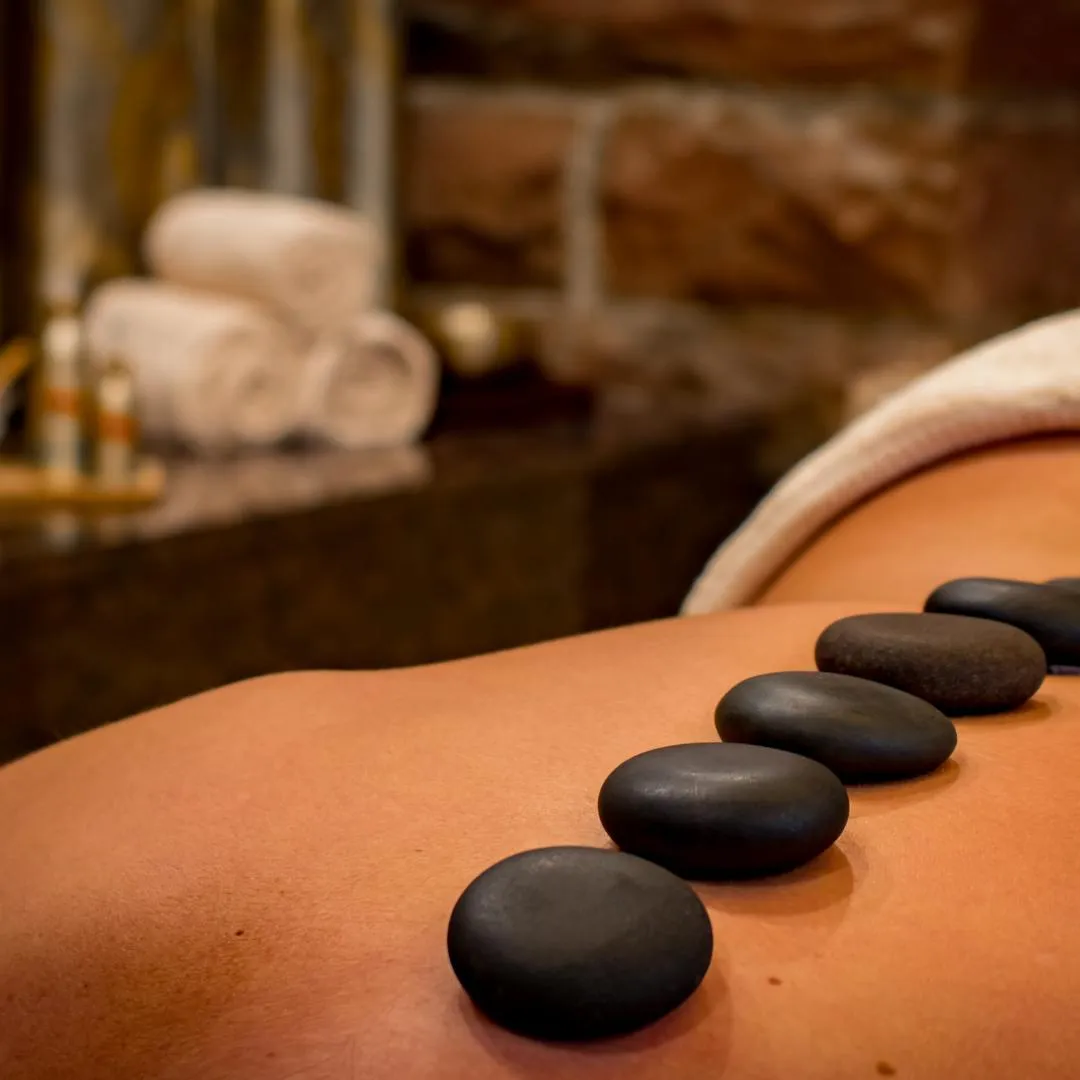
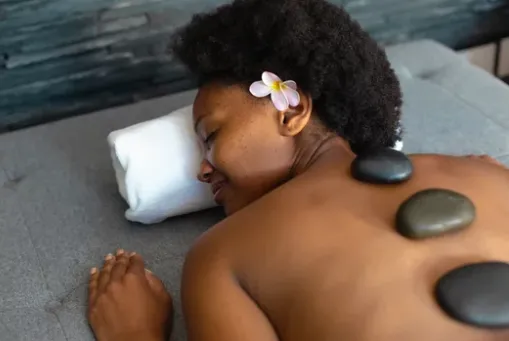

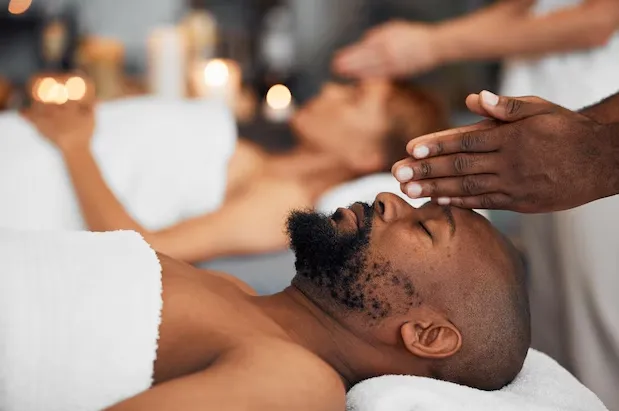
Packages
CORPORATE
PACKAGE
(minimum 5 people)
Travel within the tri
county area $150
Rate per person:
15 mins ———- $4030 mins ———- $50
Plus 40 cent per mile
outside of tri county area
Rate per person:
15 mins ———- $40
30 mins ———- $50
PRINCESS SPA
PACKAGE
(minimum 6 people)
10 mins massage
Foot massage
10 pcs SPA kit
$70
per person
VEE TOX
PACKAGE
(minimum 6 people)
Yoni Steam
Facial Massage
$105
per person
SPA
PARTIES
(Group of 4-8)
Massage
Lymphatic table
Back massage
Herbal feet soaking with back
massage
Charcuterie station with beverages
$135
Detox Sauna Treatment
with
Lymphatic Massage
(minimum 6 people)
$235
Experience the Healing Power of Touch

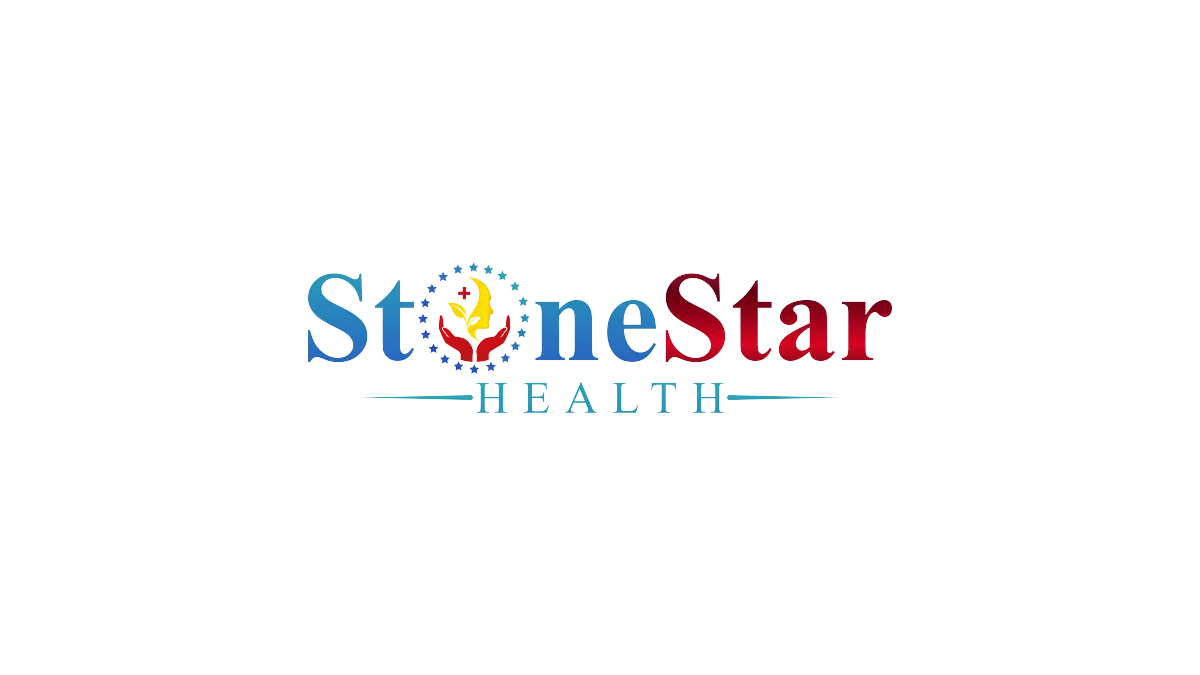

Facebook
Instagram
X
LinkedIn
Youtube
TikTok